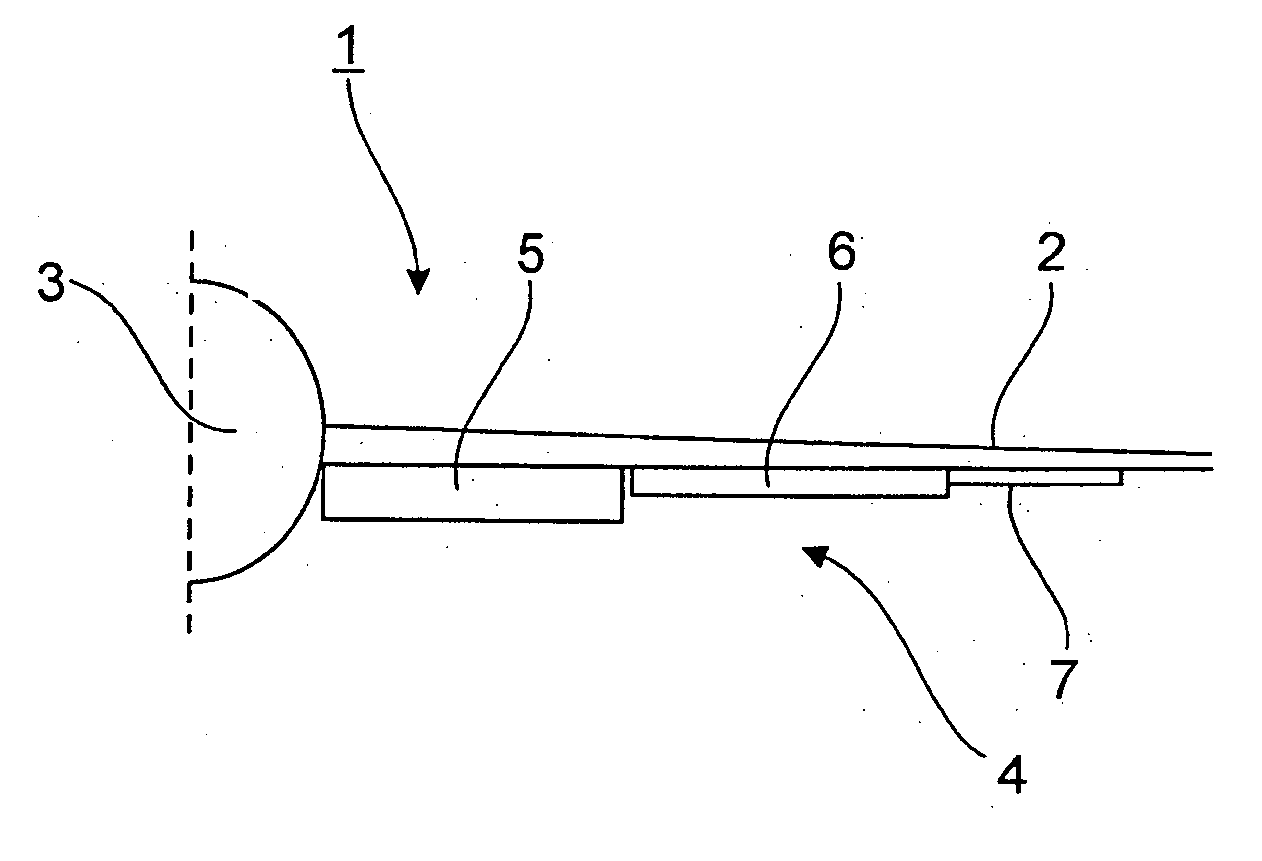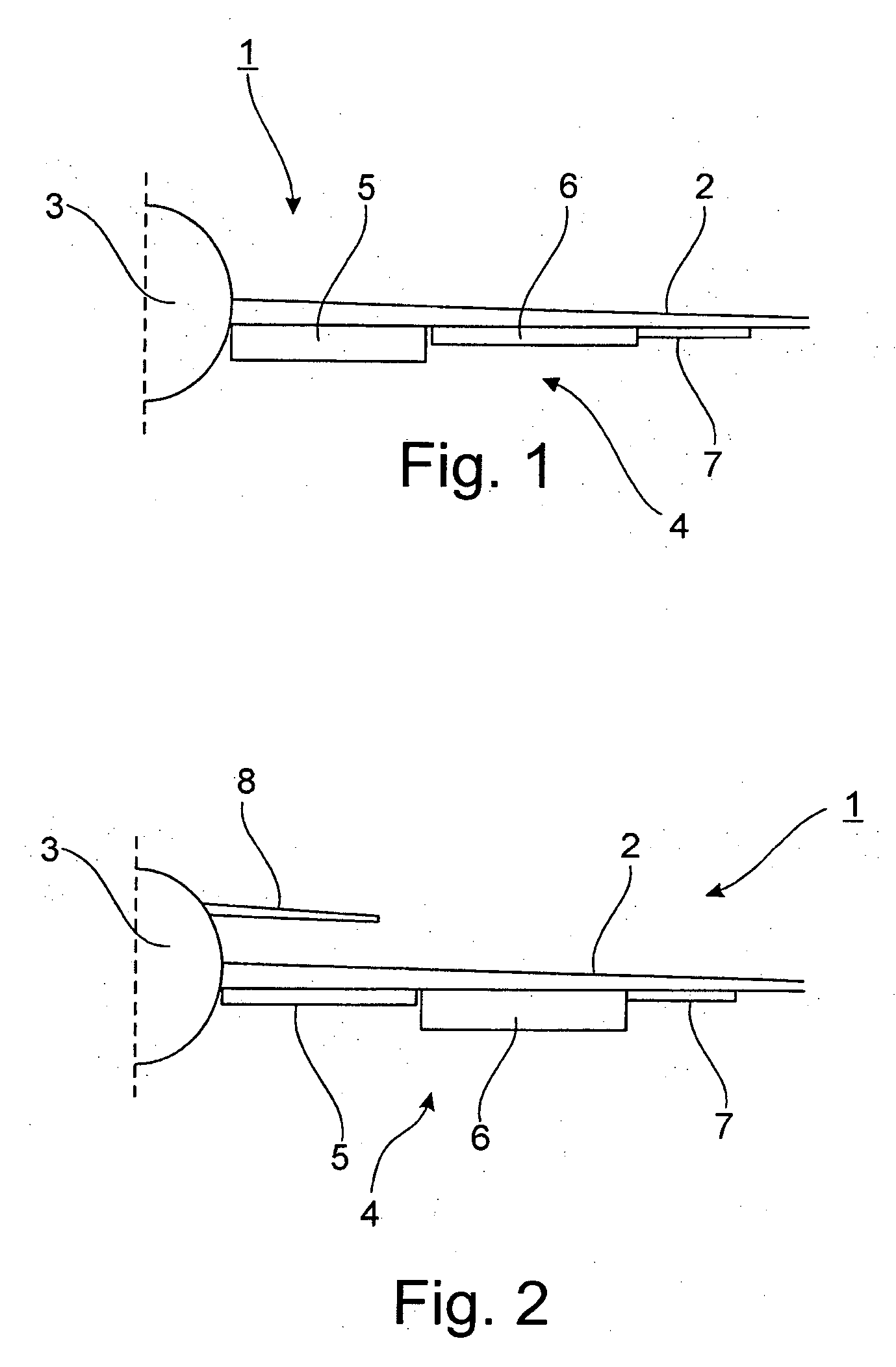System for setting the span load distribution of a wing
a technology of span load and distribution system, which is applied in the direction of automatic actuation, navigation instruments, instruments, etc., can solve the problems of not being able to adapt and requiring a considerable system effort, so as to reduce the induced resistance, reduce the local load, and reduce the effect of airflow separation
- Summary
- Abstract
- Description
- Claims
- Application Information
AI Technical Summary
Benefits of technology
Problems solved by technology
Method used
Image
Examples
Embodiment Construction
[0020] Below, identical or corresponding components have the same reference characters in the figures.
[0021]FIG. 1 shows a system 1 for setting a span load distribution of a wing 2. FIG. 1 shows the right-hand wing 2 of an aircraft (not shown), which wing extends outwards from the fuselage 3.
[0022] The wing 2 comprises a conventional base flap system 4. The conventional base flap system 4 comprises an inboard landing flap 5, an outboard landing flap 6 and an aileron 7.
[0023] According to an exemplary embodiment, the inboard landing flap 5 and the outboard landing flap 6 can be positioned independently of each other. To this effect a drive system (not shown) can be used which is able to position the inboard landing flap 5 and the outboard landing flap 6 independently of each other.
[0024] According to an exemplary embodiment of the invention, for example the inboard landing flap 5 of the wing 2 is mechanically coupled with an inboard landing flap of the other wing (not shown). Lik...
PUM
 Login to View More
Login to View More Abstract
Description
Claims
Application Information
 Login to View More
Login to View More - R&D
- Intellectual Property
- Life Sciences
- Materials
- Tech Scout
- Unparalleled Data Quality
- Higher Quality Content
- 60% Fewer Hallucinations
Browse by: Latest US Patents, China's latest patents, Technical Efficacy Thesaurus, Application Domain, Technology Topic, Popular Technical Reports.
© 2025 PatSnap. All rights reserved.Legal|Privacy policy|Modern Slavery Act Transparency Statement|Sitemap|About US| Contact US: help@patsnap.com


